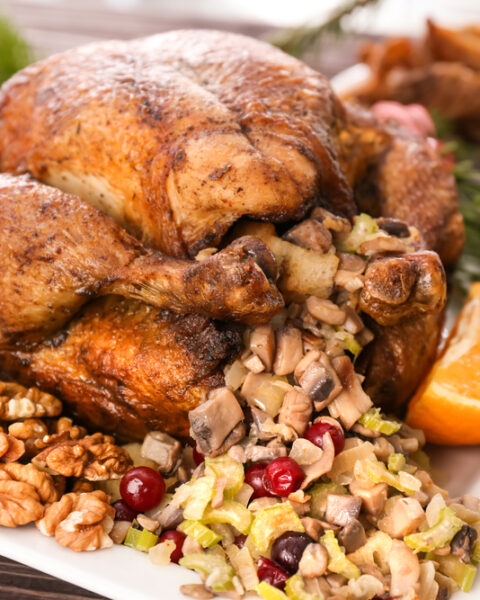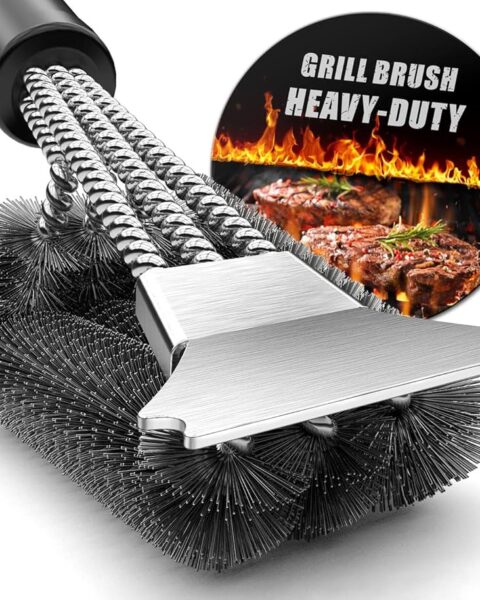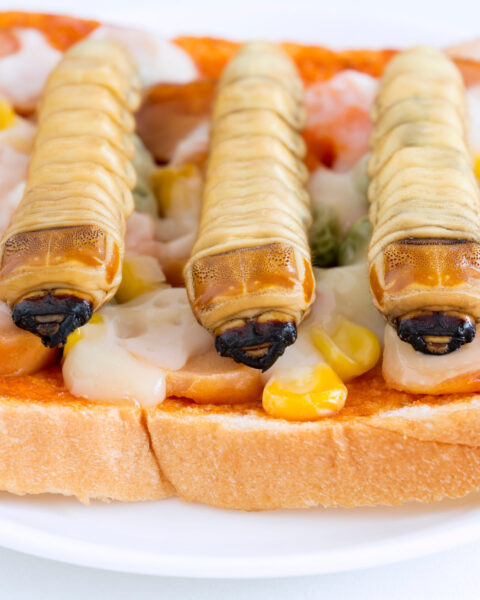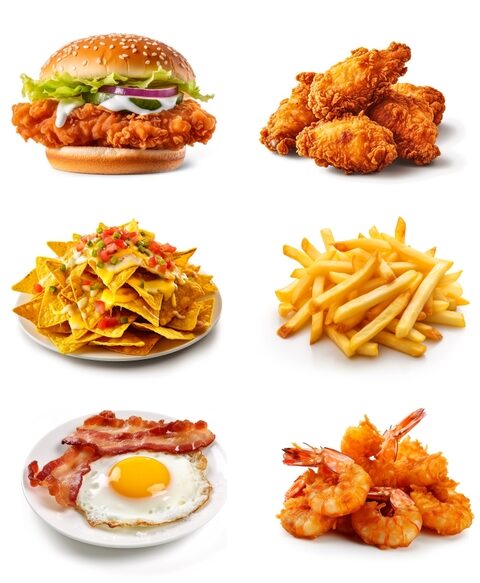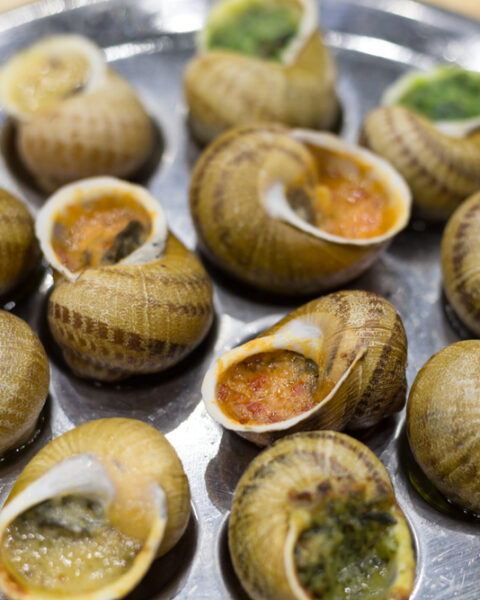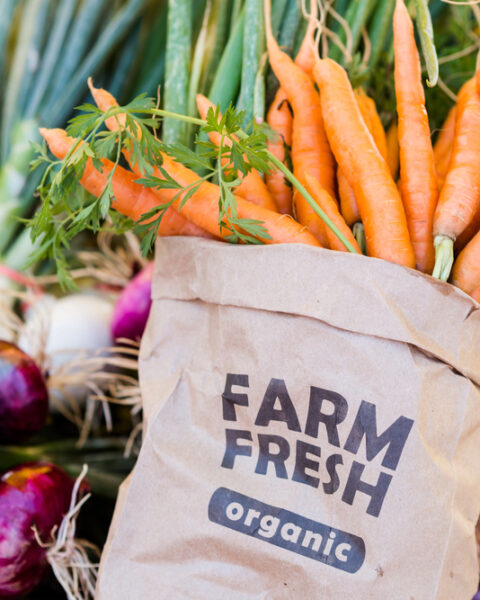Are you keeping an eye on your sodium intake? While salt is an essential part of many meals, too much of it can spell trouble for your health. High-sodium foods sneak their way into our diets more often than we think, and the consequences can be more serious than just feeling bloated. From raising your blood pressure to increasing your risk of heart disease, too much sodium is a health pitfall you don’t want to ignore. Here are the high-sodium foods doctors say you should steer clear of.
Contents
- 1 Canned Soups
- 2 Processed Deli Meats
- 3 Instant Noodles
- 4 Frozen Pizza
- 5 Canned Vegetables
- 6 Condiments and Sauces
- 7 Cheese
- 8 Bacon
- 9 Pickles
- 10 Snack Foods (Chips and Pretzels)
- 11 Canned Pasta
- 12 Boxed Macaroni and Cheese
- 13 Cured Meats
- 14 Bread and Rolls
- 15 More From RetailShout
- 16 25 Money-Saving Hacks for When Every Dollar Counts
- 17 17 Aldi Snacks Perfect for Your Next Party
Canned Soups
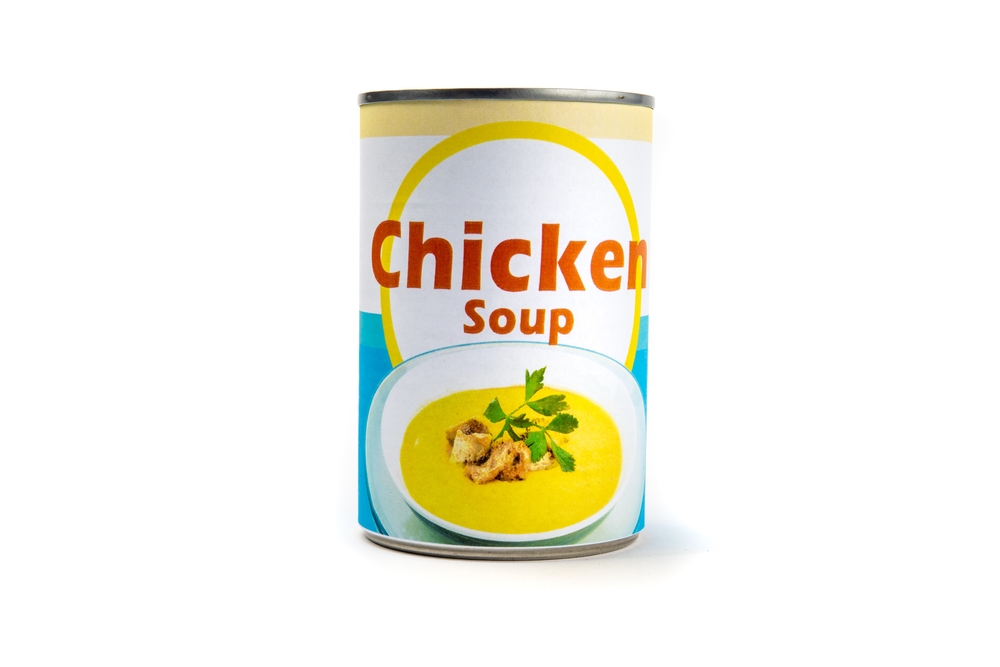
While canned soups are a convenient option for a quick meal, they are often loaded with sodium. A single serving can contain up to 800 milligrams or more, and many people consume the entire can in one sitting, which doubles the amount. Sodium is used as a preservative and flavor enhancer, making even seemingly healthy options problematic. Choosing low-sodium or homemade soups allows you to control how much salt goes into your meal. Over time, reducing your intake of canned soups can have a significant impact on your overall sodium levels.
Processed Deli Meats
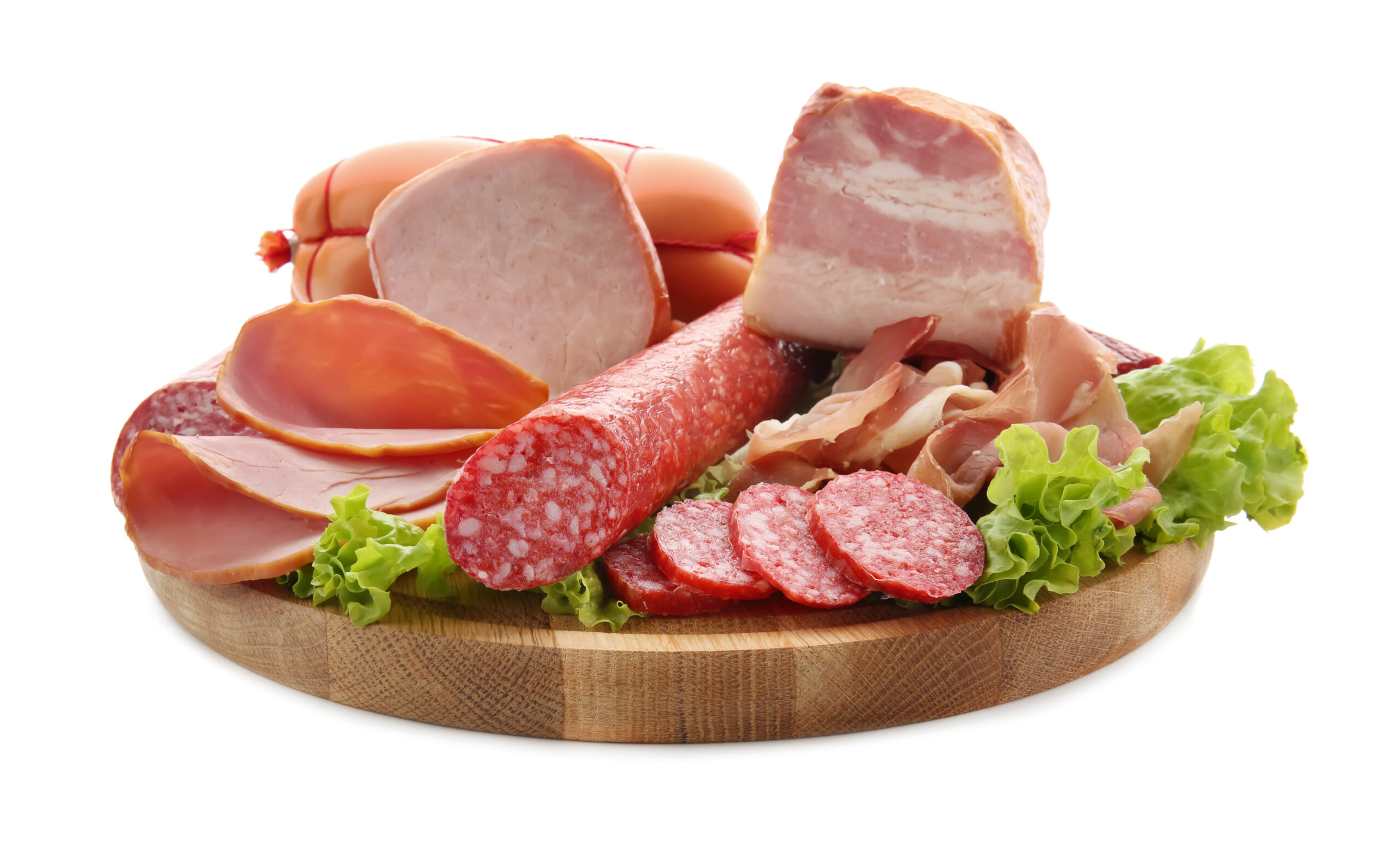
Deli meats such as ham, turkey, and salami are notorious for being high in sodium. These processed meats are typically preserved with salt to enhance flavor and extend shelf life. A single slice of deli meat can contain between 200 and 300 milligrams of sodium, and sandwiches often include several slices. This quickly adds up, making deli meats a leading contributor to high sodium intake. Opt for fresh, unprocessed meats or lower-sodium varieties to reduce your sodium consumption.
Instant Noodles
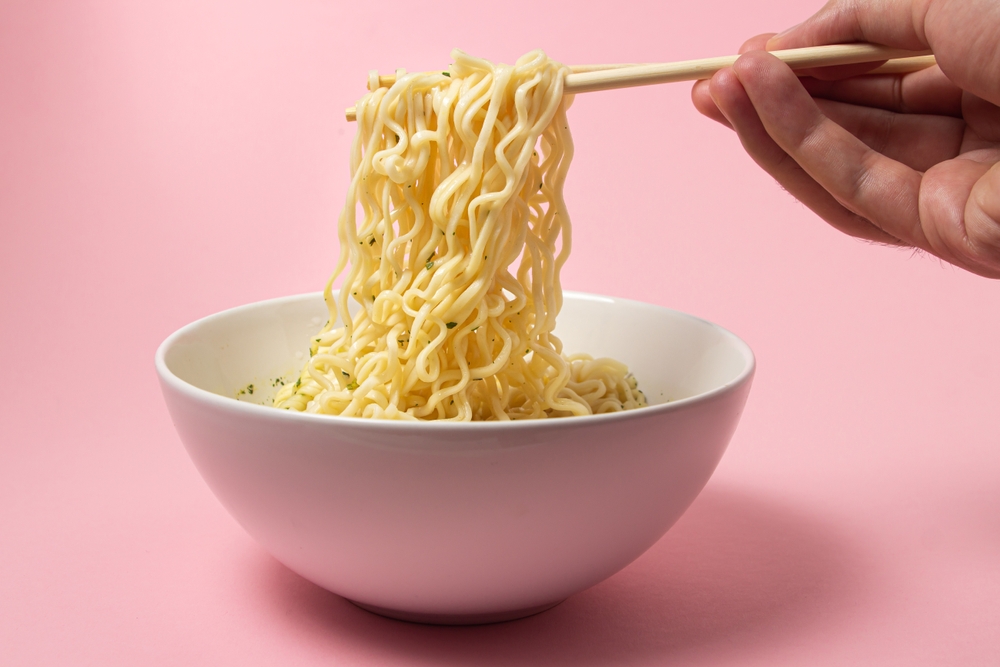
Instant noodles may be a cheap and quick option for meals, but they are packed with sodium. The flavoring packets included with these noodles contain as much as 1,500 milligrams of sodium per serving. The sodium content comes from preservatives, flavor enhancers, and salt, which can contribute to high blood pressure and cardiovascular problems. Reducing your intake of instant noodles or choosing lower-sodium alternatives can help decrease the risks associated with their high sodium levels.
Frozen Pizza
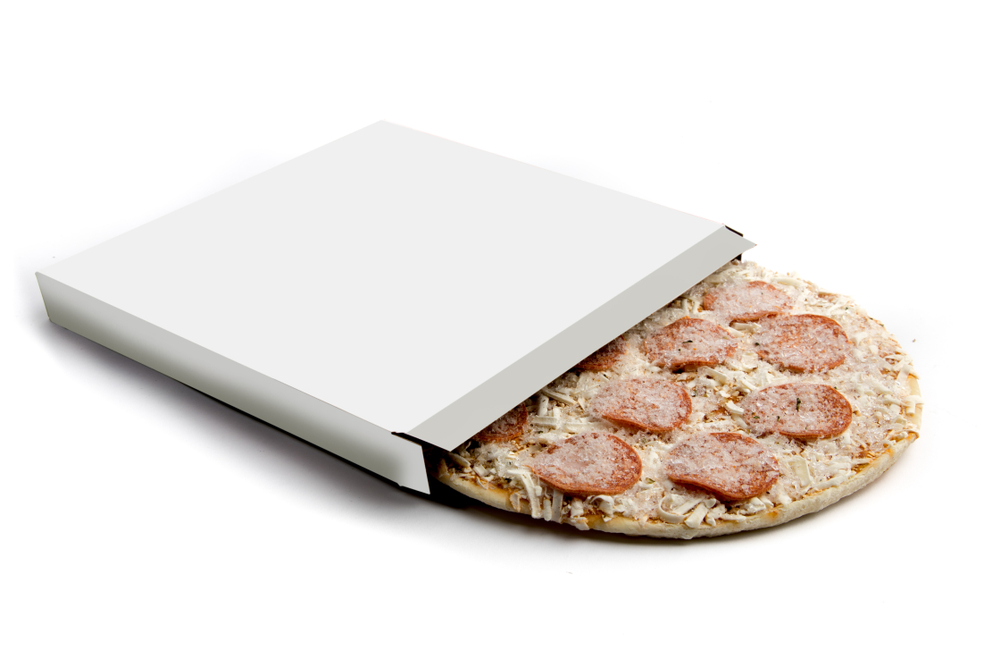
Frozen pizzas are another convenient yet sodium-packed food. The combination of processed meats, cheese, and sauces can push the sodium content to over 1,000 milligrams per serving. Given that most people eat more than one serving at a time, it’s easy to consume an entire day’s worth of sodium in just one meal. To cut down on sodium, try making your pizza at home with fresh ingredients and a light hand on the salt. This way, you can enjoy your meal without the excess sodium.
Canned Vegetables

Although vegetables are a healthy part of your diet, canned varieties can be loaded with sodium. Many manufacturers add salt to canned vegetables as a preservative, with some varieties containing over 300 milligrams per serving. Even if you drain and rinse the vegetables, a significant amount of sodium remains. To avoid this, opt for fresh or frozen vegetables, or choose the no-salt-added canned versions. This small change can help keep your sodium intake in check while still allowing you to enjoy nutrient-dense vegetables.
Condiments and Sauces
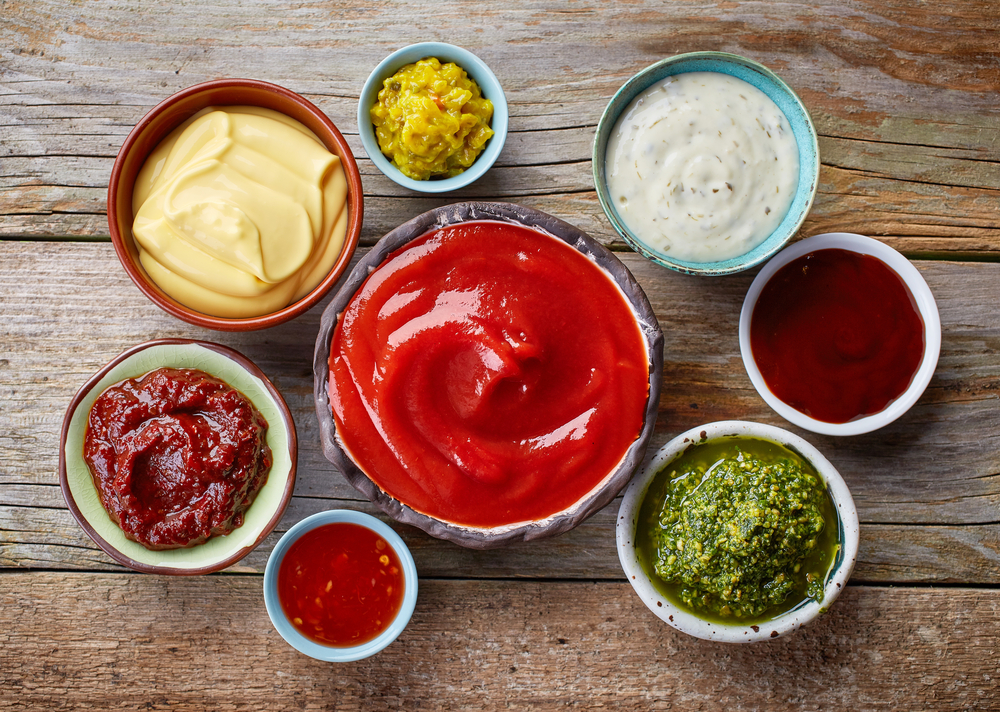
Condiments such as soy sauce, ketchup, and barbecue sauce may seem harmless, but they often contain a surprising amount of sodium. A single tablespoon of soy sauce, for example, can contain up to 1,000 milligrams of sodium. Since people often use more than one serving, the sodium quickly adds up. Try to use these condiments sparingly or look for low-sodium versions to help reduce your intake. Homemade versions are another great way to control the sodium content.
Cheese
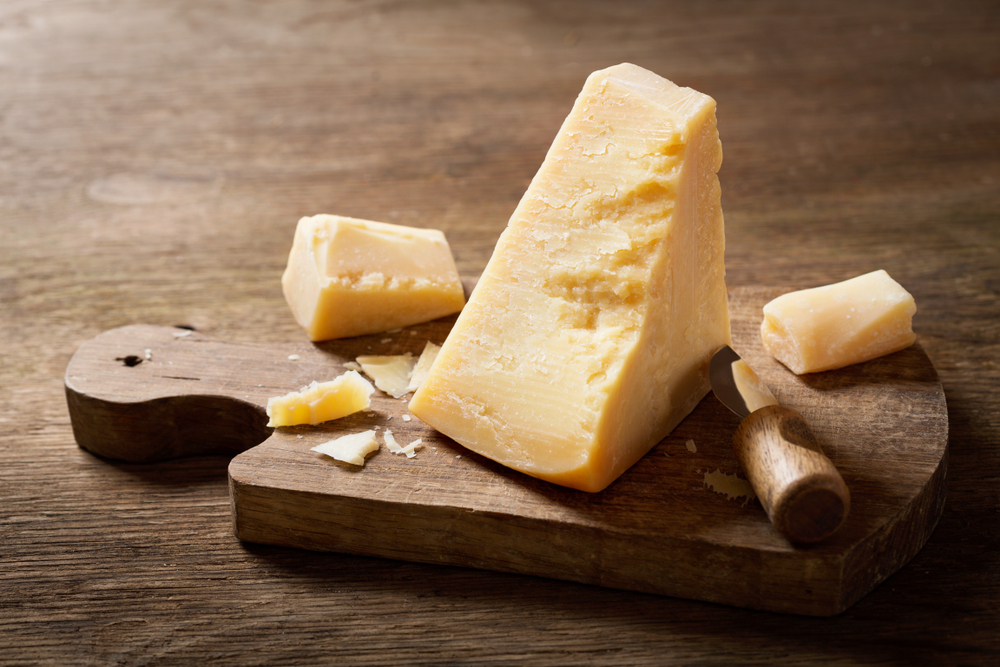
Cheese, particularly processed varieties like American or cheddar, is often high in sodium. Just one slice of processed cheese can contain over 200 milligrams of sodium, and many dishes use multiple slices. While cheese can be a good source of calcium, the sodium levels can outweigh the benefits if consumed in large quantities. Consider reducing your portion sizes or choosing low-sodium options when possible to help control your intake. This simple swap can make a big difference in your sodium levels.
Bacon
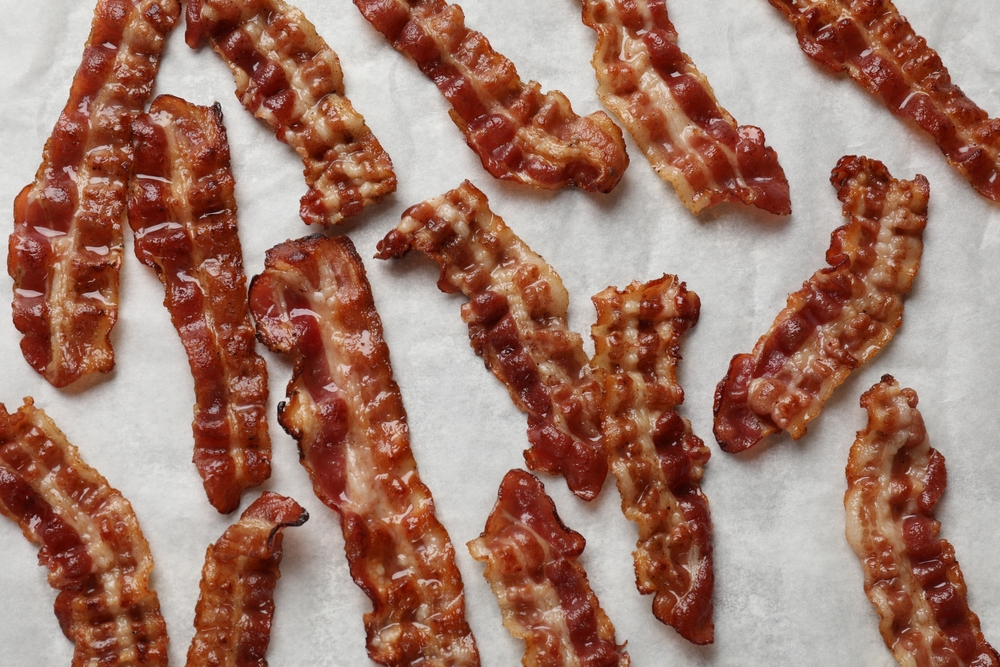
Bacon is a beloved breakfast food, but it’s also extremely high in sodium. A single slice contains about 190 milligrams of sodium, and most people eat several slices in one sitting. The sodium in bacon comes from the curing process, which preserves the meat and enhances its flavor. Limiting your bacon intake or opting for lower-sodium varieties can help reduce the risks associated with high sodium consumption. Consider plant-based alternatives, which tend to be lower in sodium and healthier overall.
Pickles
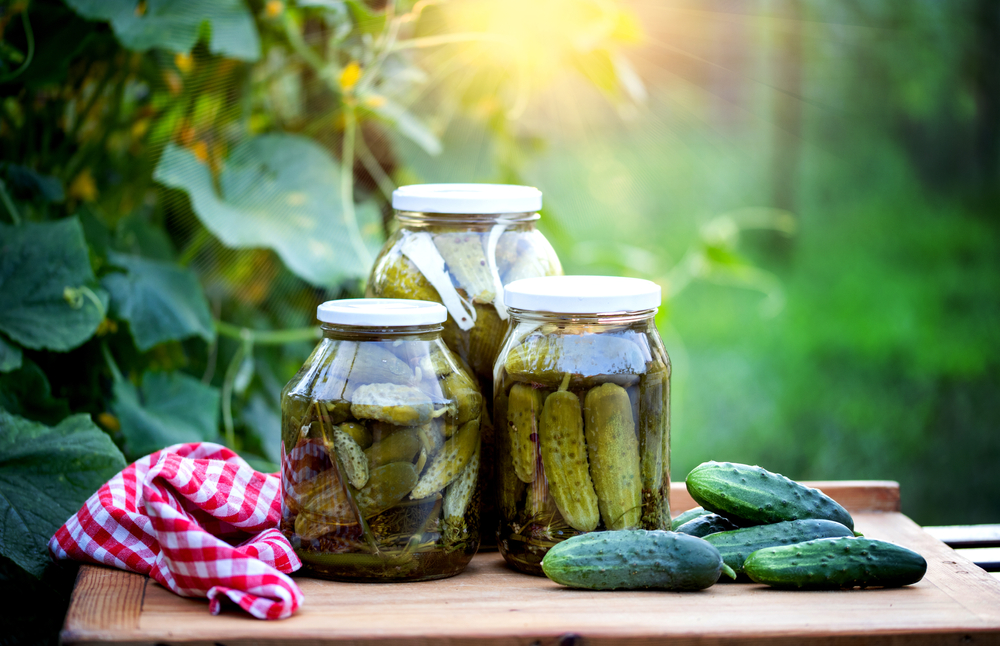
Pickles may seem like a healthy snack, but they’re often loaded with sodium due to the brining process. A single dill pickle spear can contain over 300 milligrams of sodium, which adds up quickly if you’re eating multiple spears. The high sodium content can lead to water retention and increased blood pressure, making pickles a food to consume in moderation. Opting for fresh cucumbers or making your own pickles with less salt can help curb your sodium intake while still enjoying the tangy flavor.
Snack Foods (Chips and Pretzels)
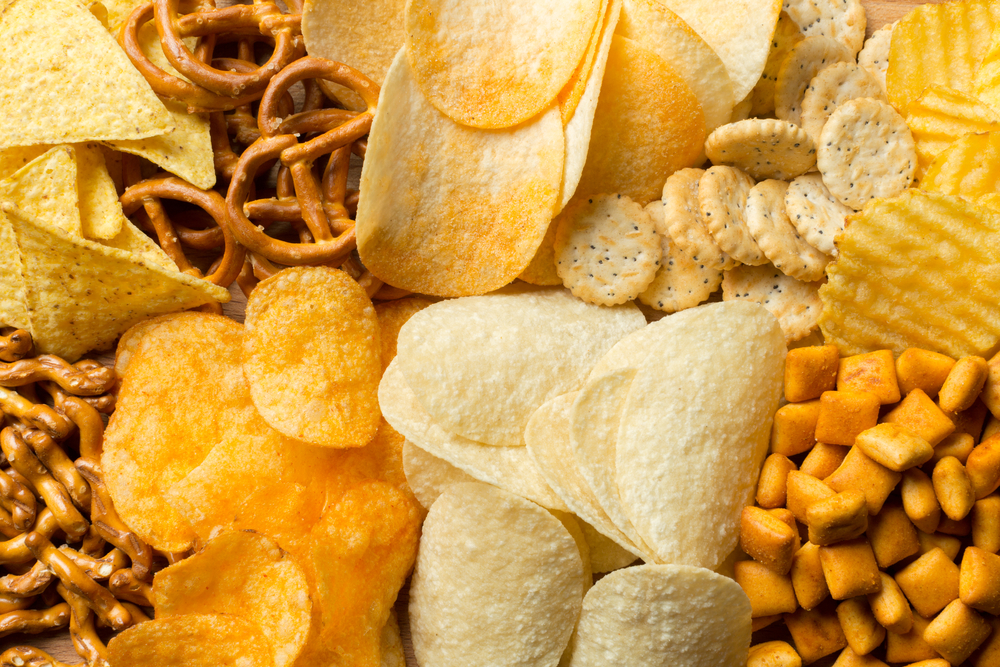
Snack foods such as chips, pretzels, and crackers are notorious for their high sodium content. A small serving of potato chips can contain up to 200 milligrams of sodium, and it’s easy to eat more than the recommended serving size. The sodium in these snacks comes from both the processing and the flavoring. Choosing unsalted or lightly salted versions of these snacks or opting for healthier alternatives like air-popped popcorn can help reduce your sodium intake without sacrificing your snack fix.
Canned Pasta
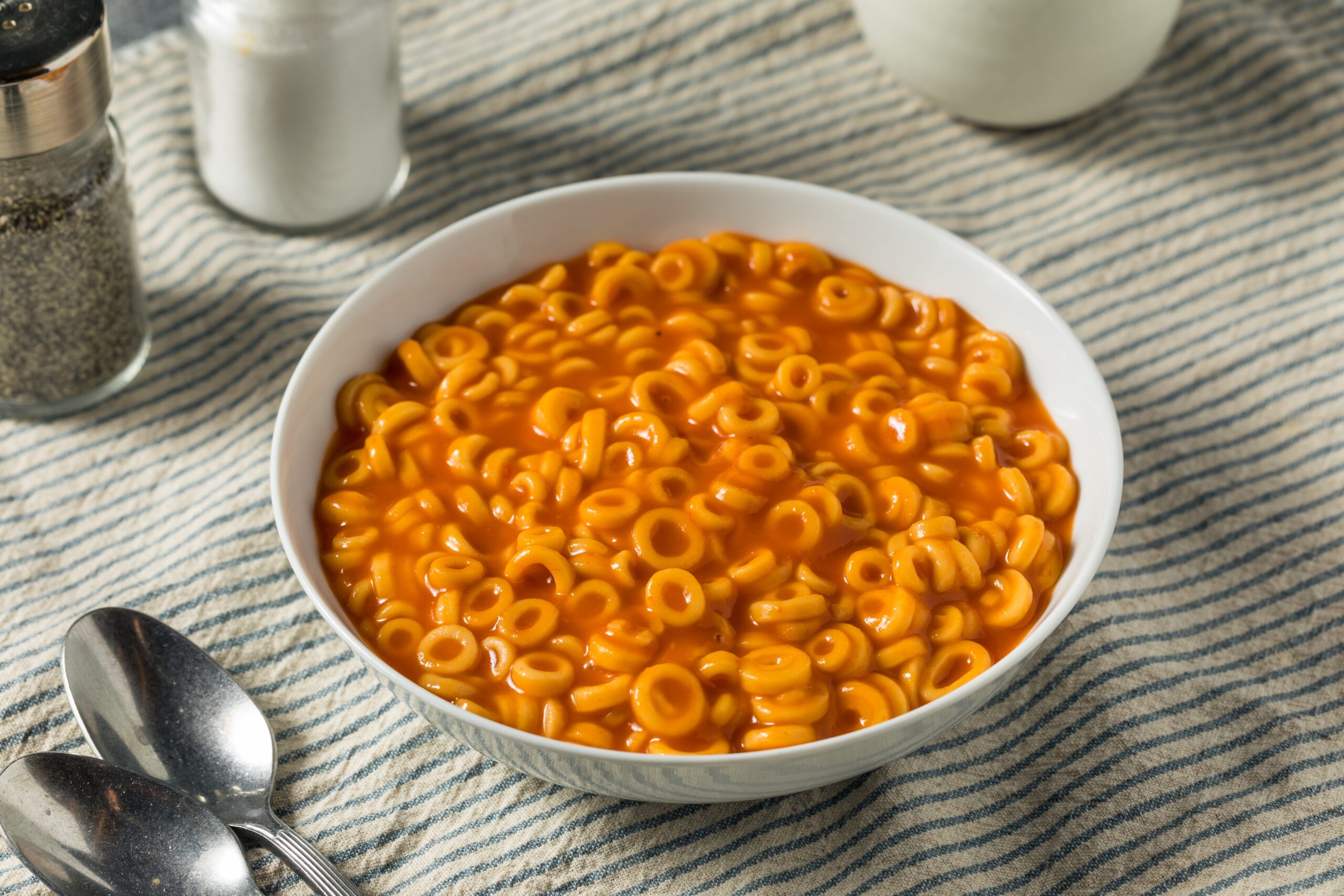
Canned pasta products, like ravioli or spaghetti with meatballs, are often convenient but packed with sodium. A single serving can contain anywhere from 700 to 1,200 milligrams of sodium, which can easily exceed the daily recommended limit if consumed regularly. The sodium comes from both the pasta and the sauce, making these dishes a hidden source of excess salt. Opting for homemade versions using fresh ingredients allows you to enjoy the same meal with far less sodium.
Boxed Macaroni and Cheese
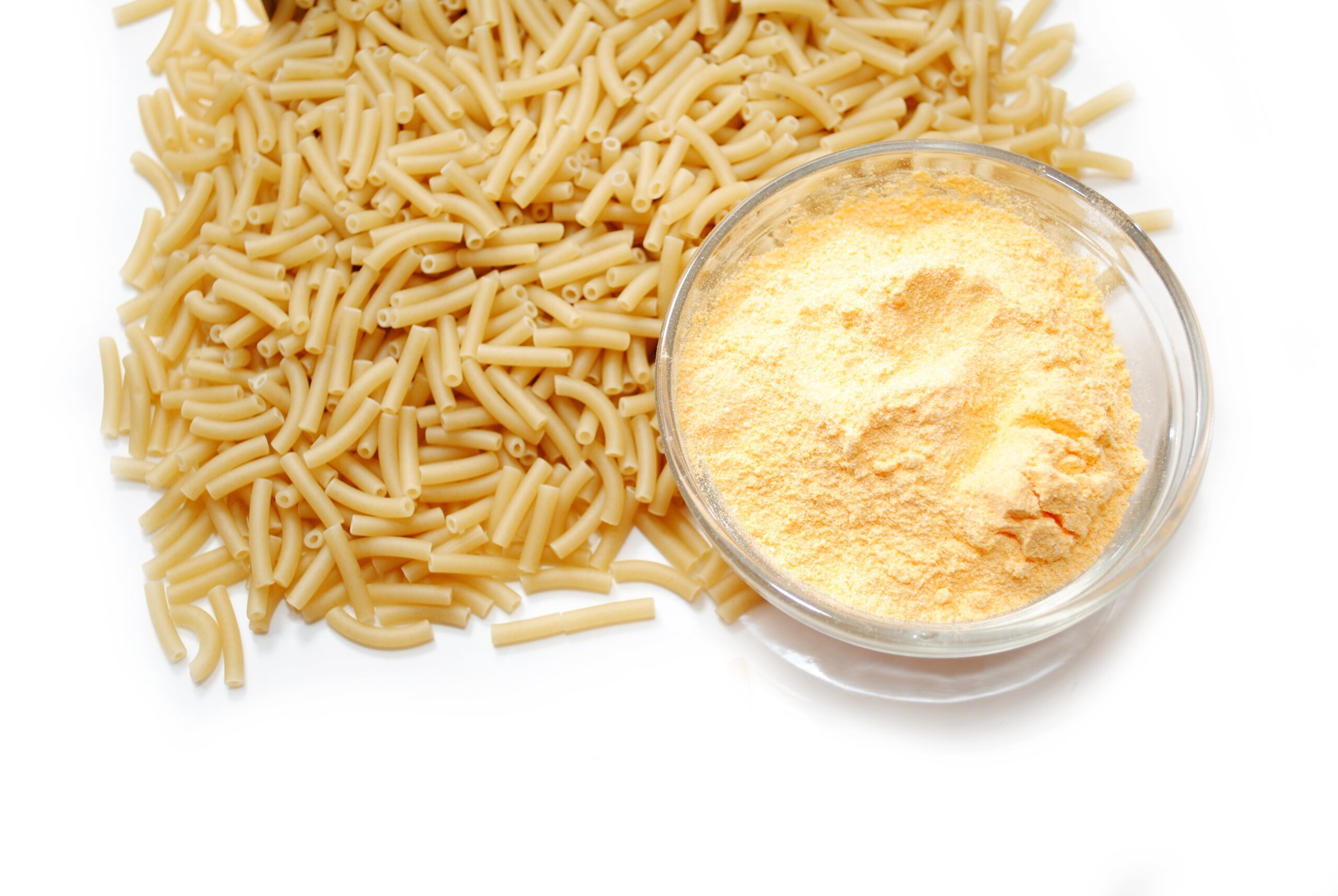
Boxed macaroni and cheese may be a nostalgic comfort food, but it’s also packed with sodium. A single serving can contain over 600 milligrams, and most people eat more than the recommended portion size. The powdered cheese mix is particularly high in sodium, contributing to the overall unhealthy nature of the dish. Making mac and cheese from scratch with real ingredients allows you to control the sodium content while still enjoying this classic dish.
Cured Meats
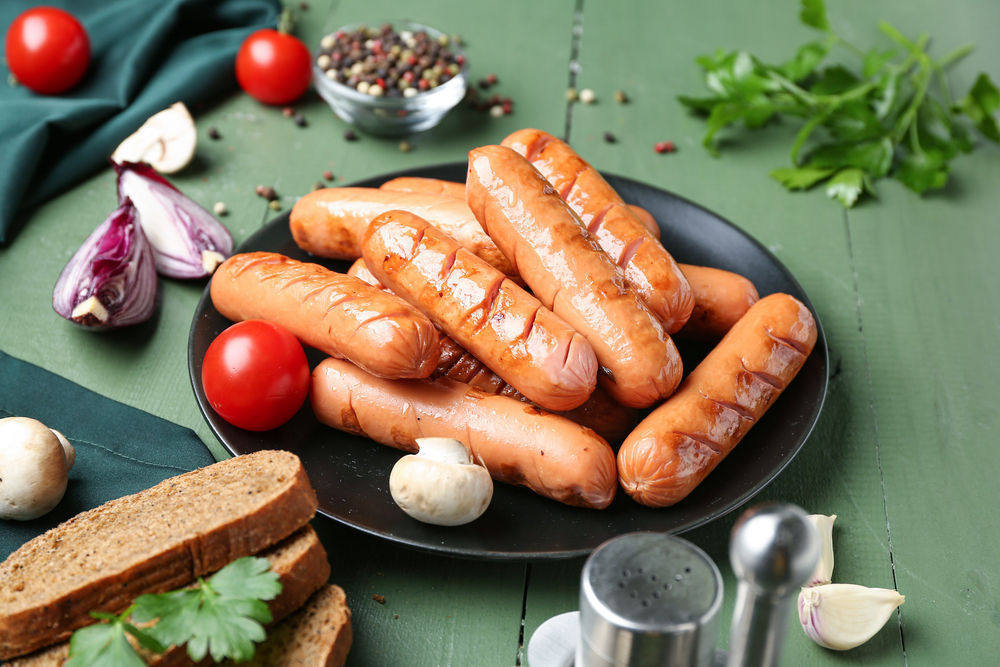
Cured meats like sausage and hot dogs are packed with sodium due to the preservation process. A single sausage link or hot dog can contain upwards of 500 milligrams of sodium, and people often eat more than one at a time. The high sodium content combined with other unhealthy fats makes these meats a food doctors recommend avoiding. Opting for lower-sodium versions or plant-based alternatives can help reduce the health risks associated with these processed meats.
Bread and Rolls
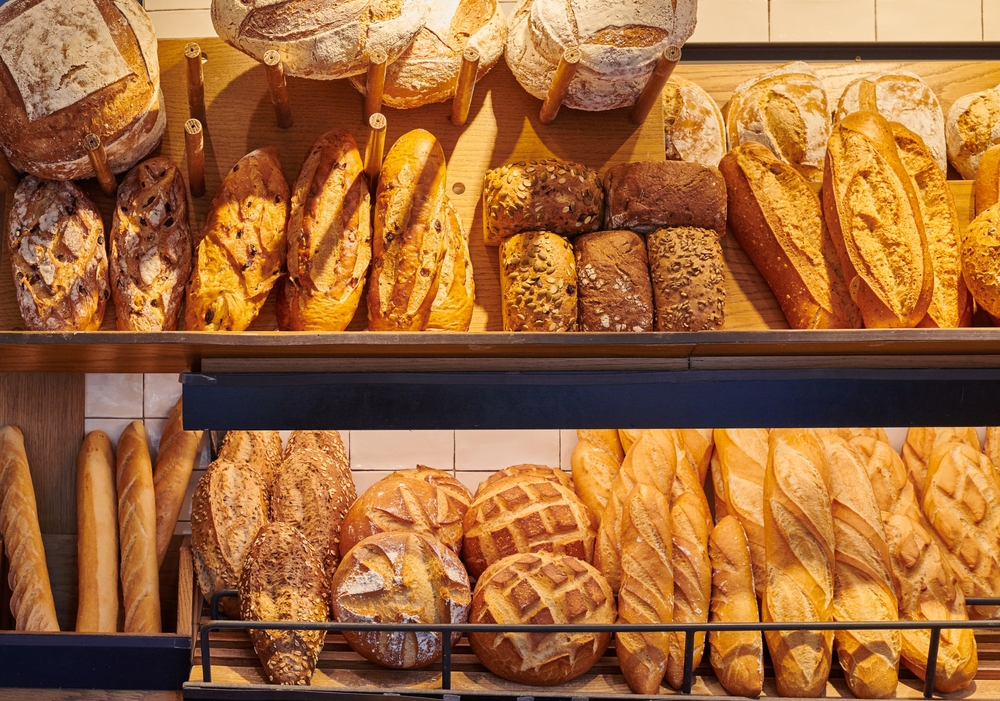
While bread may not seem like a high-sodium food, it can surprisingly contribute a significant amount to your daily intake. A single slice of bread can contain up to 200 milligrams of sodium, and most people eat more than one slice at a time. Rolls and other baked goods can also be high in sodium, especially those from restaurants or bakeries. Choosing whole grain, low-sodium bread options can help you enjoy your meals without consuming excessive amounts of sodium.
This article originally appeared on RetailShout.
More From RetailShout
12 Resilient Foods That Sustained Families During the Great Depression
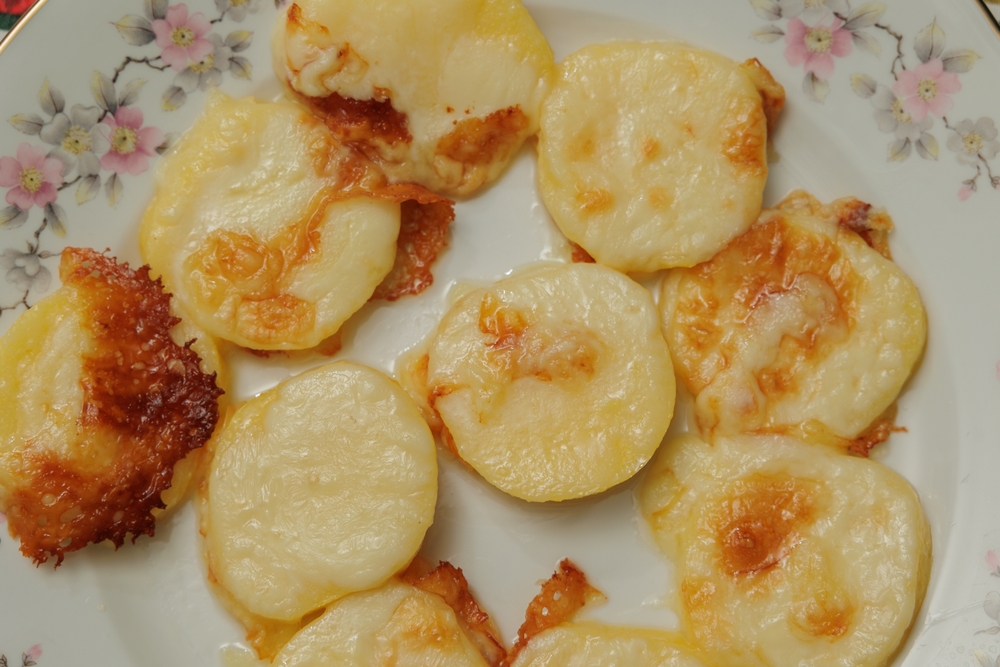
Back during the Great Depression, people had to get really creative with their meals. It was a tough time when money was tight, and food wasn’t always easy to come by. But out of necessity, some pretty remarkable and resilient recipes were born. These dishes were simple, often made with what little was available, but they kept families fed and spirits up. Read More.
25 Money-Saving Hacks for When Every Dollar Counts

Managing money can be a real challenge, especially when your budget is tight. But don’t worry, there are plenty of practical ways to save without feeling deprived. These tips aren’t just about cutting back; they’re about making smart choices that can help you stretch every dollar. Read More.
17 Aldi Snacks Perfect for Your Next Party
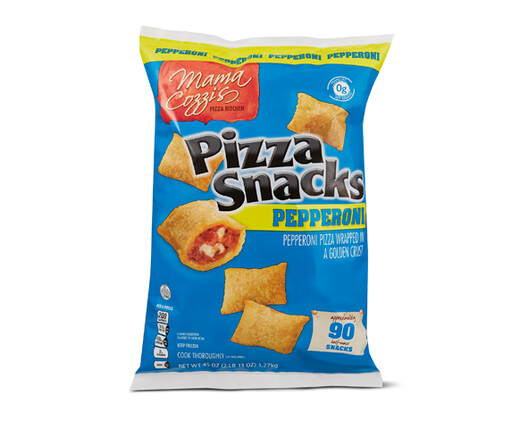
Getting ready for a party and want to make sure your snack game is on point? Aldi has you covered with a variety of tasty options that won’t disappoint. From crunchy chips to sweet treats, these snacks are crowd-pleasers that’ll keep everyone happy. The best part? They’re affordable and easy to find, so you can focus on enjoying the party instead of stressing over the menu. Read More.

